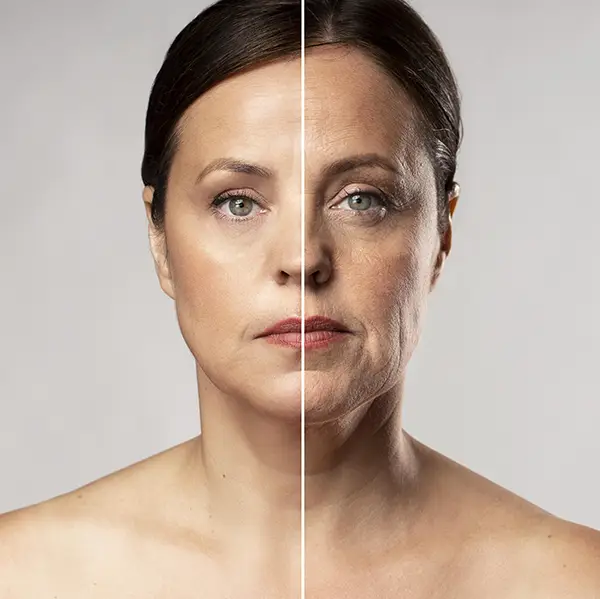Microneedling with exosomes represents an innovative trend and a growing practice in the world of aesthetics. Like any aesthetic procedure, it must be performed by a certified professional. Below, we present key information about this regenerative treatment.
Microneedles
Microneedling is a device that uses multiple very fine needles to create microchannels in the skin. These tiny perforations serve several purposes:
- Collagen stimulation: The “microinjury” process generates a natural repair response in the skin, stimulating the production of collagen and elastin.
- Improved absorption: The creation of microchannels facilitates the penetration of topical products, enhancing the effectiveness of active ingredients.
- Therapeutic applications: They are used in treatments for scars, wrinkles, stretch marks, and general improvement of skin texture.
A widely known treatment is Microneedling with PRP, which uses the patient’s own plasma to stimulate skin regeneration. However, the latest innovation in modern aesthetics is Microneedling with Exosomes—a cutting-edge approach that goes beyond traditional methods by delivering powerful regenerative signals at the cellular level. This advanced technique enhances skin repair, boosts collagen production, and offers faster, more visible results with minimal downtime.
Exosomes
Exosomes are small extracellular vesicles (30 to 150 nanometers in diameter) released by cells. They play important roles in intercellular communication by transporting:
- Proteins and enzymes: Which can modulate cellular processes.
- Nucleic acids (RNA and microRNA): Which influence genetic regulation.
- Growth factors: Which stimulate tissue repair and regeneration.
In the cosmetic and regenerative context, exosomes, especially those derived from stem cells, have shown potential to:
- Accelerate healing: Promoting faster tissue regeneration.
- Reduce inflammation: With anti-inflammatory properties.
- Improve skin appearance: With anti-aging and tissue repair effects.

Synergy: Microneedling with Exosomes
The combination microneedling with exosomes is revolutionizing facial rejuvenation treatments. This synergy enhances the effects of both methods, achieving deep skin stimulation with visible, natural results. Below, we explore why this fusion has become one of the most promising options in regenerative aesthetics.
- Facilitated Penetration: Using microneedles opens microchannels that allow exosomes, applied later or integrated into the formula, to penetrate deeper and more effectively into the dermis.
- Intensified Regenerative Effect: While the microneedling process activates the skin’s natural response and collagen production, exosomes deliver biochemical signals that accelerate cellular repair and tissue regeneration.
- Potential in Anti-Aging Treatments: The synergy can improve skin texture and tone, reducing fine lines, wrinkles, and scars, and promoting a rejuvenated appearance.
Benefits
Although there are promising preliminary studies, microneedling with exosomes treatment is still under investigation to determine optimal protocols, long-term efficacy, and safety.
The procedure should be performed by trained health and beauty professionals who can tailor the intensity and frequency of treatment to the patient’s needs.
Since these are procedures that involve biological components, it is essential not to skimp on high-quality products. Among the aesthetic and dermatological benefits are:
- Facial rejuvenation: Promotes firmer skin, reducing signs of aging and improving radiance.
- Healing and repair: Accelerated healing in areas with scars or skin damage.
- Specialized treatments: It can be used in therapies for inflammatory skin conditions or in post-dermatological procedure recovery.
Celebrities like Kim Kardashian , BRIAN Dowling ( The Six O’Clock Show) and Nicole Martin (Real Housewives of Miami), among others, have been publicly linked to microneedling with exosomes treatments and they assure that their current look looks even more natural than other treatments.
Microneedling with exosomes offers an innovative approach to regenerative and aesthetic treatment, combining physical stimulation with biochemical signals that can maximize cell regeneration. Although initial results are encouraging, it is recommended to consult with specialized professionals and stay informed about scientific advances and updated protocols in this field to ensure safe and effective results.
This combined approach could mark an important milestone in skin rejuvenation and tissue repair, enhancing traditional treatments and opening new avenues in regenerative aesthetic medicine.
